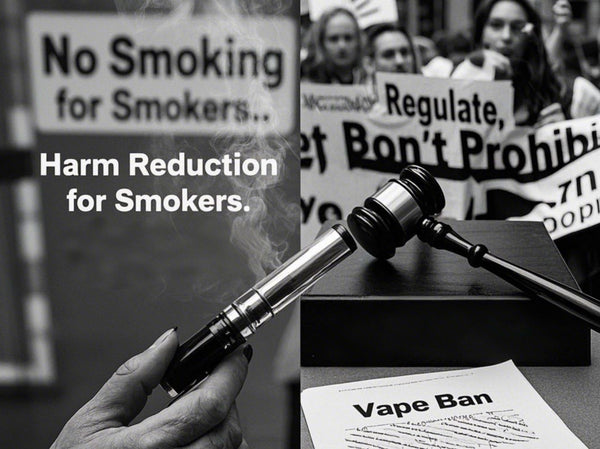
It is an indisputable fact that e-cigarettes have become an effective substitute for cigarettes, so what new cognitions do you have about the dangers of e-cigarettes?
For tetrahydrocannabinol aerosol vaping, 90% of all cases of acute lung injury (ALI) are associated with e-cigarette vaping.
-The risk of
- Smoking e-cigarette products containing tetrahydrocannabinol (THC) is much higher than the risk of smoking nicotine in e-cigarettes. The public should avoid any e-cigarette products containing THC and be especially wary of e-cigarettes from illicit sources.
- The long-term health effects of e-cigarette products are still unknown.
Medical reviewer: Dr. Andy Tan, Ph.D., MPH
- In recent years, electronic cigarettes (e-cigarettes) have become "popular" in the market, especially among the youth population, who have been smoking e-cigarettes at a rate that exceeds the use of traditional cigarettes. As this has happened, the academic community has become more concerned about the long-term and short-term health effects of smoking atomized cigarettes.
We spoke to Dr. Andy Tan (Ph.D., MPH), a public health expert at the Dana-Farber Cancer Institute, who specializes in the impact of communication strategies on the use of tobacco products in different populations, to explain e-cigarettes and their health risks, and the similarities and differences between traditional and electronic cigarettes.
What is vaping?
- Dr. Tan: Vaping refers to the use of electronic cigarettes in which a liquid is heated to produce an aerosol, which is inhaled by the smoker. The liquid in an e-cigarette can contain different components.
- Nicotine (nicotine)
- Flavouring agents (flavors)
- Tetrahydrocannabinol (THC, the chemical that produces the psychoactive effects of most cannabis)
- Cannabidiol (CBD, an active ingredient derived from cannabis)
- Other addictive substances
It is important to distinguish between nicotine nebulization and THC nebulisation because not only do they involve extremely different groups of users, but they also have different health effects.
What are the main health risks of nebulizing?
Dr. Tan: In the case of nicotine, the main risk is that it is a highly addictive chemical that is particularly harmful to children and young people because of its effects on brain development, as well as on pregnant mothers and developing embryos.
Many nebulized liquids contain or potentially contain other health risks, including
- Formaldehyde (Formaldehyde)
- Particulate matter
- Heavy metals
- Volatile organic compounds (VOCs)
Some of the above substances have been linked to heart and lung disease as well as cancer.
The long-term health risks of nicotine-nebulized smoking remain to be studied further.
In the case of tetrahydrocannabinol aerosol smoking, 90% of acute lung injury cases are associated with e-cigarette smoking. Tetrahydrocannabinol is a psychoactive substance that has a wide range of health effects, some of which can occur with the long-term use of tetrahydrocannabinol.
E-cigarette devises themselves are a cause for concern. Defective batteries can cause fires and explosions that can injure people. There is also a risk of poisoning from accidental ingestion or exposure of the skin to e-liquids (e-liquids).
Why do some people die from atomized vapor inhalation?
Dr. Tan: Recent studies by the US Centers for Disease Control and Prevention (CDC) show that the greatest risk of e-cigarette smoking stems from the presence of tetrahydrocannabinol in the product, especially in products of illicit origin. This risk may be related to the chemicals added to e-liquids. Very few cases of disease associated with the smoking of atomized smoke were correlated with products containing only nicotine.
What are the health effects of vaping compared to smoking conventional cigarettes?
Dr. Tan: Nicotine inhalation products contain fewer toxic chemicals overall, and at much lower levels than conventional cigarettes. A report by the National Academy of Sciences, Engineering, and Medicine (NASEM) concluded, "There is strong evidence that the full replacement of combustible tobacco products with e-cigarettes reduces the exposure of smokers to a wide range of toxic and carcinogenic substances from combustible tobacco products."
In addition, this report found, "There is substantial evidence that full conversion of smokers from regular combustible tobacco products to e-cigarettes is associated with a reduction in short-term adverse health outcomes in several organ systems."
What we now know about tetrahydrocannabinol aerosol vaping is that aerosol vaping of such products, especially those from illicit sources, is associated with serious lung disease and may carry a risk of death. The public should avoid any e-cigarette products containing THC and be particularly wary of e-cigarettes of unknown origin.



